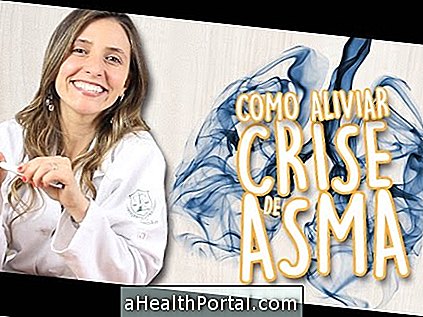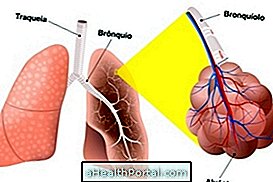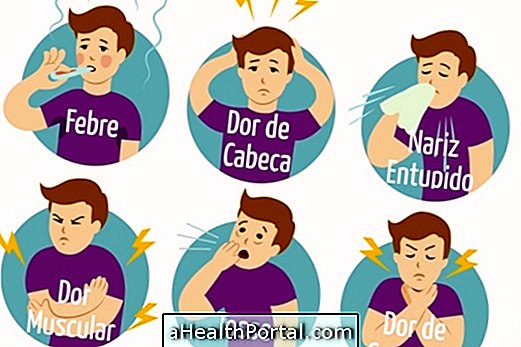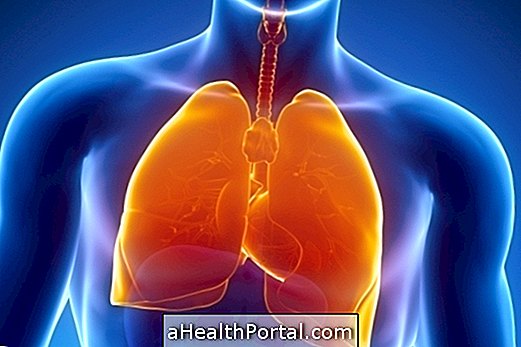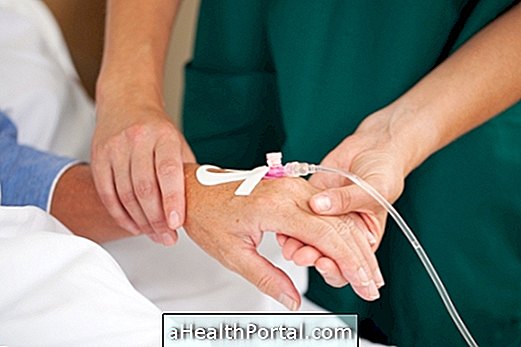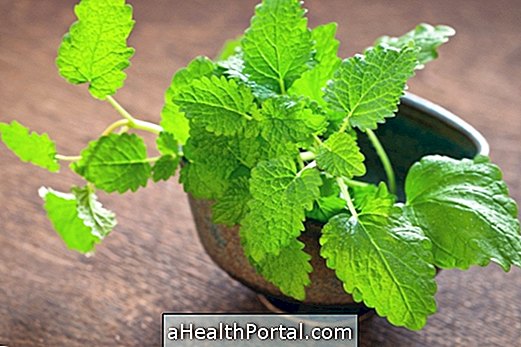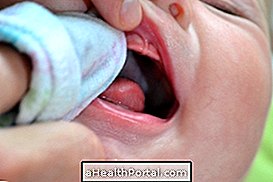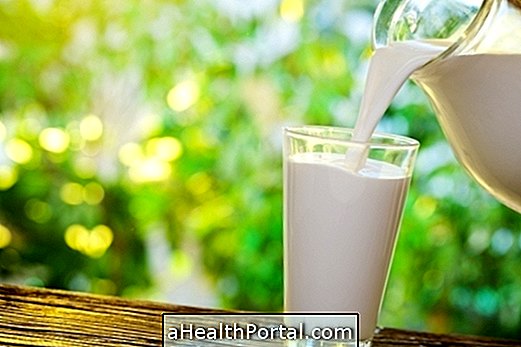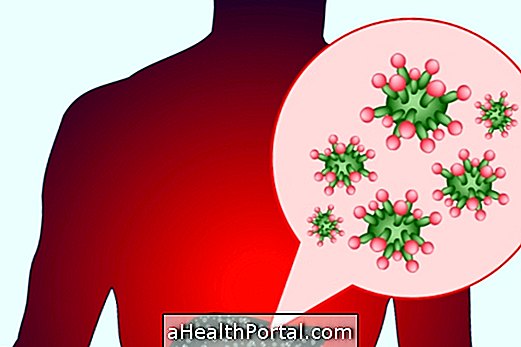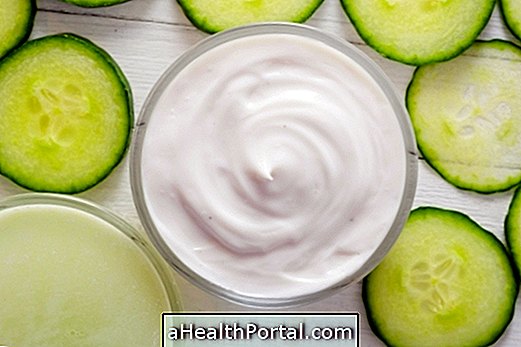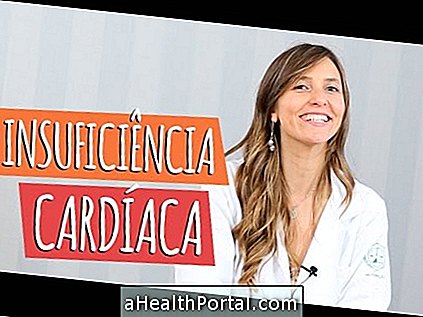Pulmonary surfactant is a liquid produced by the body that has the function of facilitating the exchange of respiratory gases in the lungs. Its action allows the pulmonary alveoli, which are small bags responsible for gas exchange, to be opened during breathing through a tension, which facilitates the entry of oxygen into the blood circulation.
Very premature newborns may not yet have sufficient production of pulmonary surfactant to ensure efficient breathing and therefore may develop infant respiratory distress syndrome, causing severe difficulty breathing.
Fortunately, there is a drug that is the exogenous surfactant, which mimics the body's natural substance, and assists the baby's breathing until it can produce itself. This medicine can be administered within the first hour after the baby's birth, for a faster result, through a direct tube into the lungs.
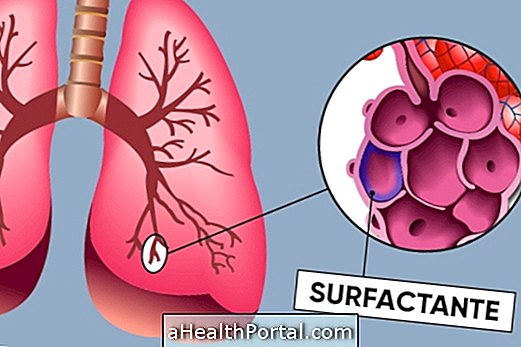
What causes lack of surfactant
The surfactant is produced along the maturing of the baby's lungs, still in the mother's womb, after about 28 weeks. Therefore, premature babies born before this time may still not have sufficient production of this substance, which causes infant respiratory distress syndrome.
This disease, also known as hyaline membrane syndrome or respiratory distress syndrome, causes shortness of breath, rapid breathing, wheezing, and bluish lips and fingers, which may even be fatal.
In these cases, the pediatrician may indicate the dose of exogenous surfactant to the newborn, which may be natural, extracted from animals, or synthetic, which may replace the function of the surfactant produced in the lungs and allow adequate breathing. Learn more about symptoms and how to treat infant respiratory distress syndrome.
Functions of surfactant
The main function of the pulmonary surfactant is to form a layer of film that allows adequate opening of the pulmonary alveoli and allows breathing through:
- Maintenance of the opening of the alveoli;
- Decrease in strength required for lung expansion;
- Stabilization of alveoli size.
In this way, the lungs are always active and able to perform the gas exchanges properly.


